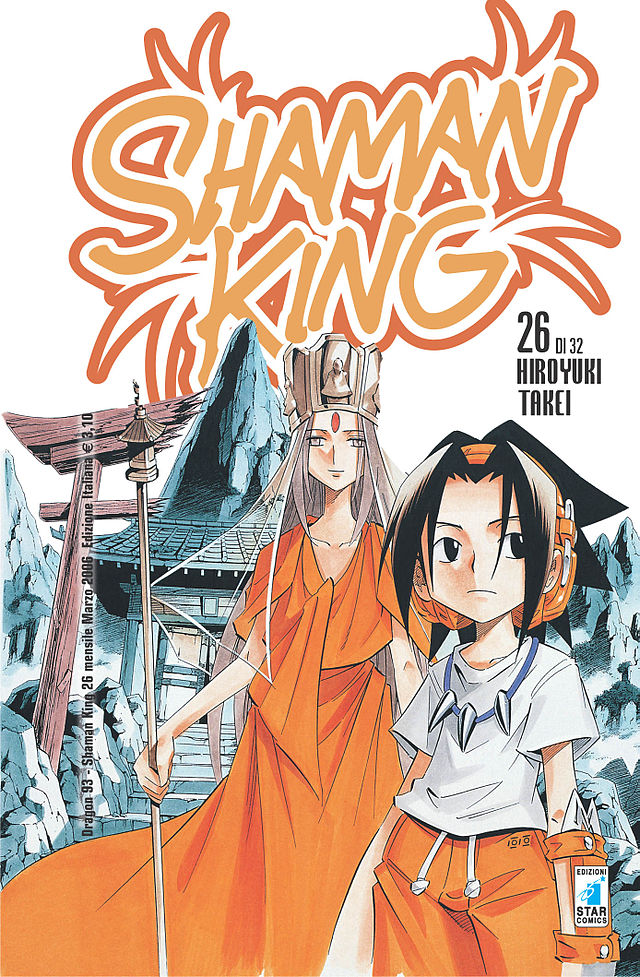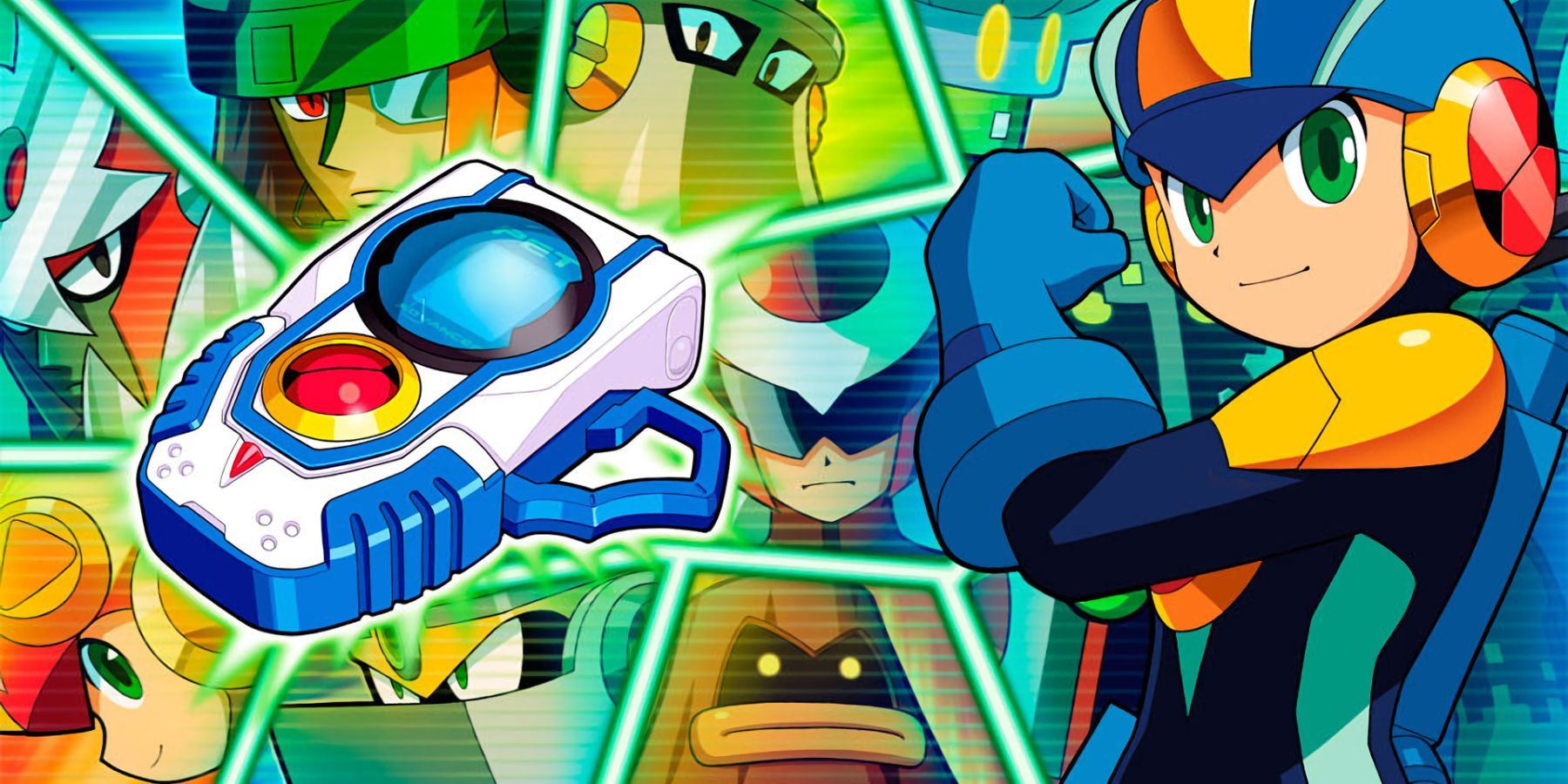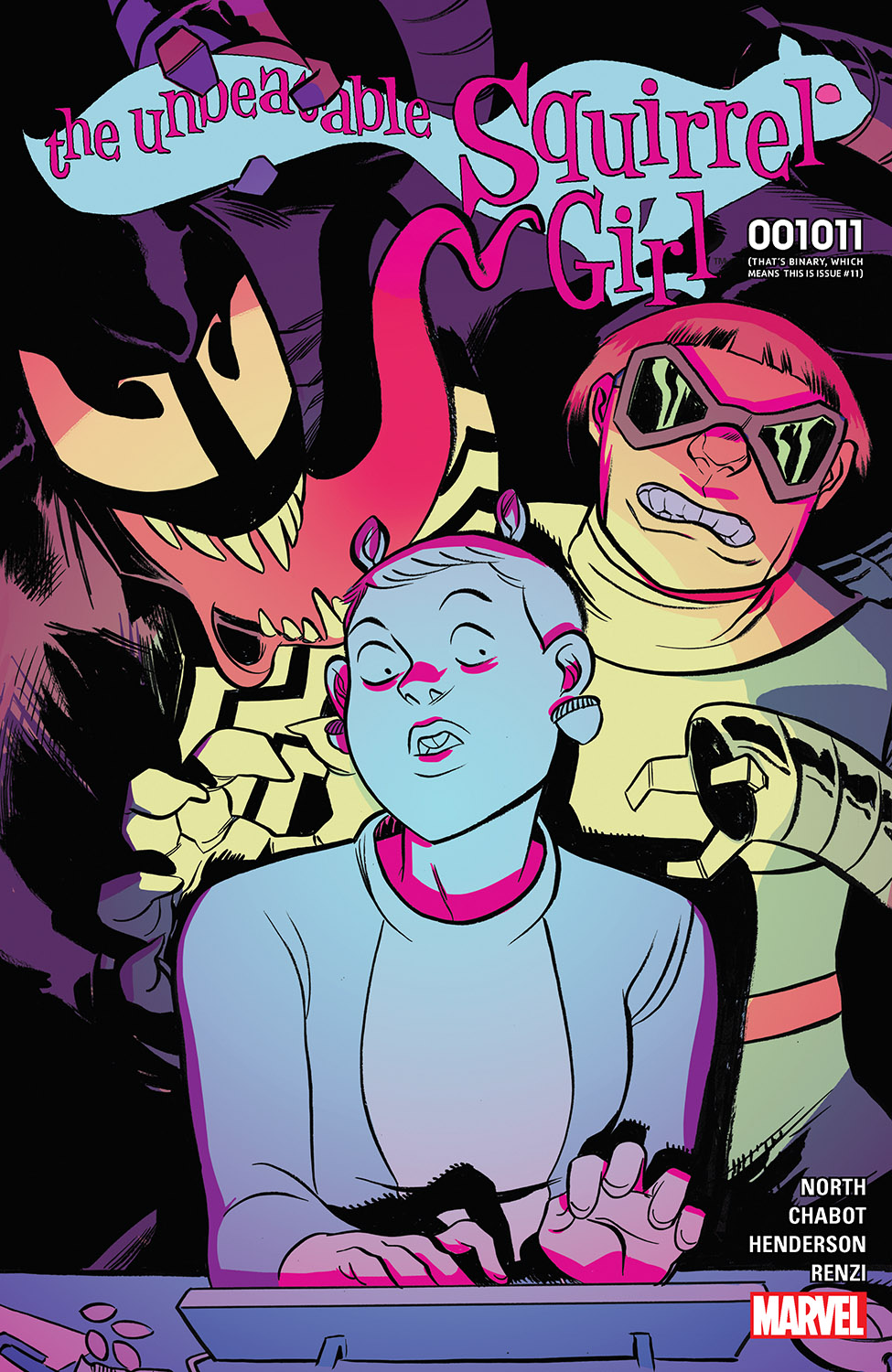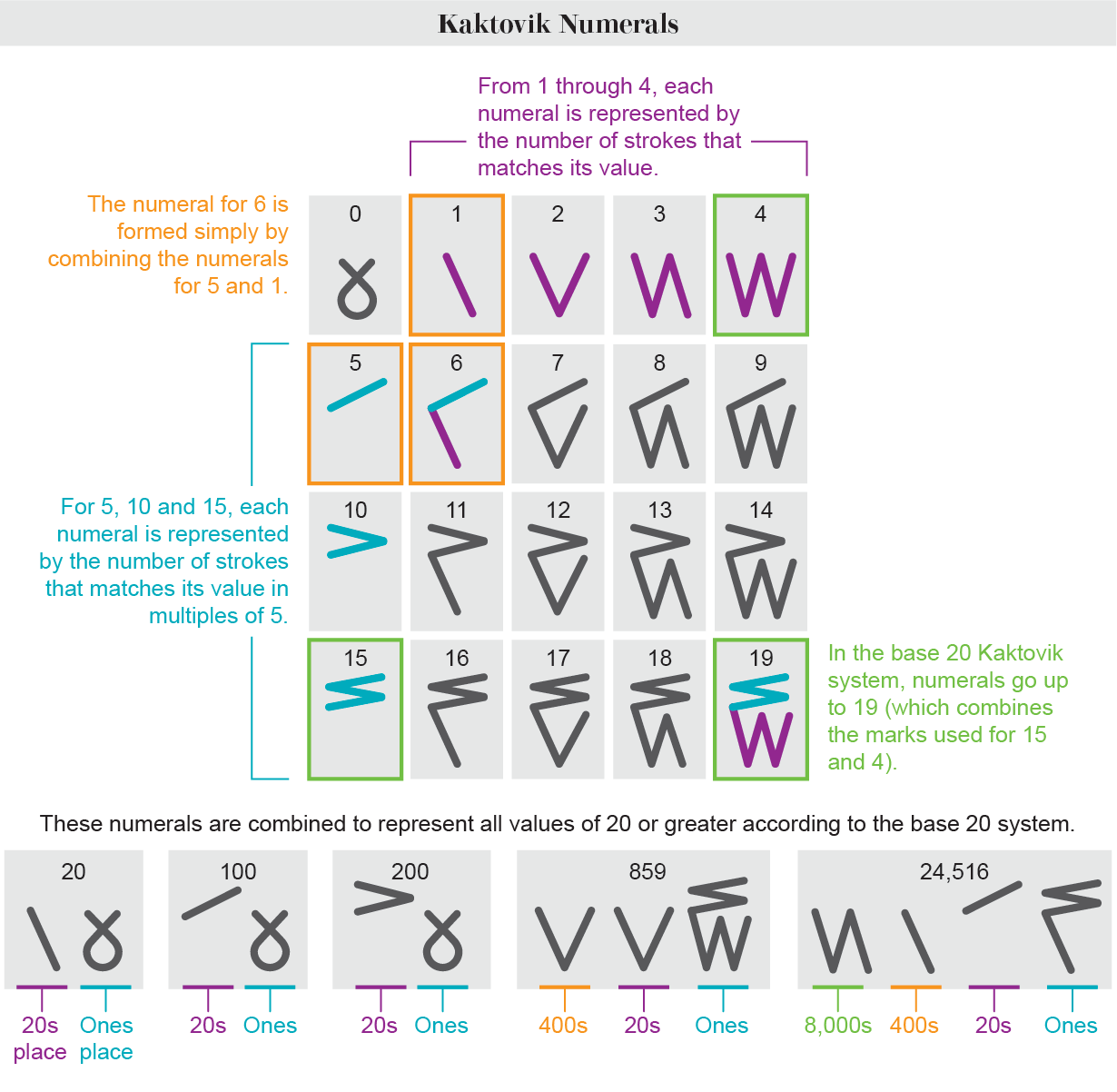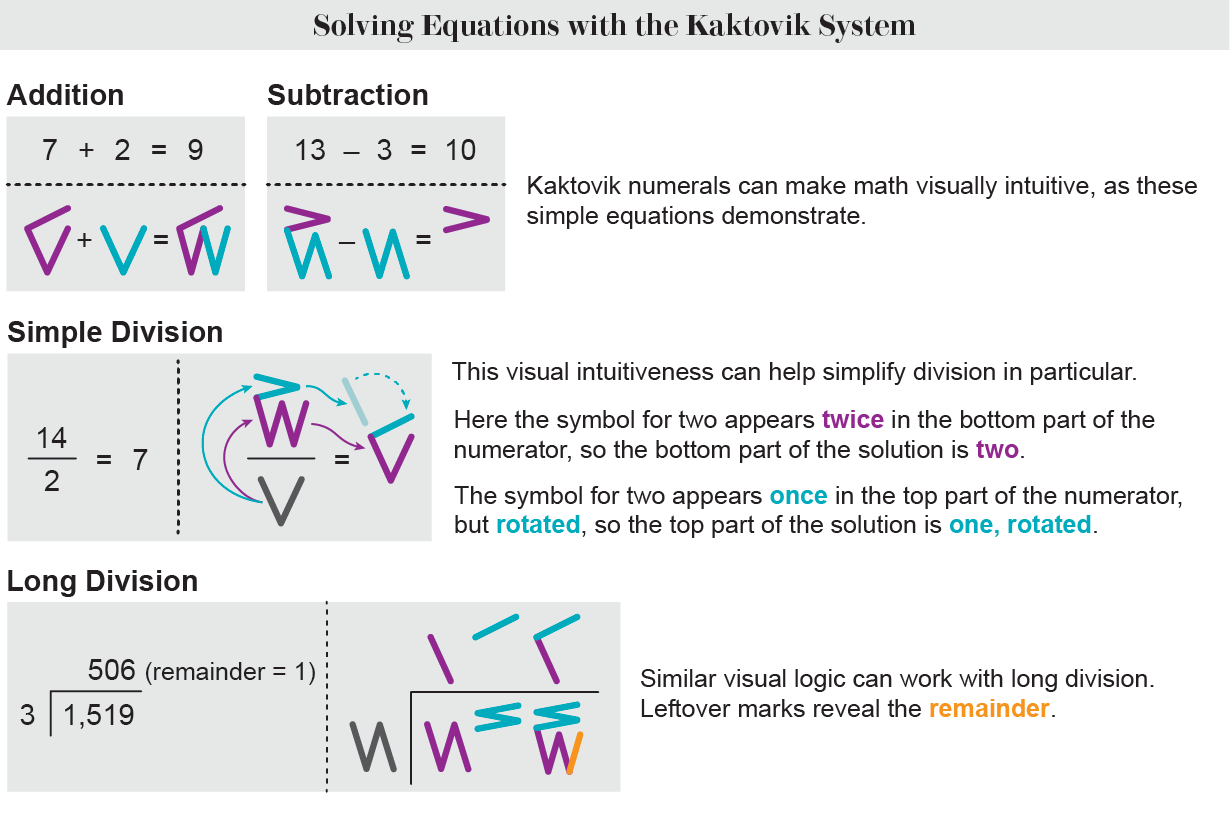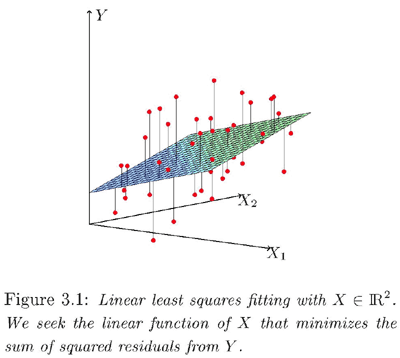Following up on my "Animism Appendix N" for my still unnamed "Pariah by way of Maximum Recursion Depth" setting (although the setting might be running away from that a bit...), this is a game design pattern using Concept Crafting for Anima, the spirits of things, from an Animist perspective. I'm still deciding whether / how the setting will be some combination of modern, the imprecise state between paleo/neolithic, or post post apocalyptic, so this is written in a setting neutral manner, but all of it assumes a dream-like, surreal, psychedelic, Weird World.
Appendix N aside, it's also inspired by Shaman King (almost too literally...), Pokemon, Megaman Battle Network, the Dane Komljen movie Afterwater, and the Rolando Klein movie Chac: Dios de la Lluvia.
In Worldbuilding with Pokemon I actually tapped into this idea quite a while ago, I even specifically make the Shaman King and MMBN connections and the connection of Pokemon as like nature spirits, but this takes it in a more specifically Animist direction, which works even better.
As mentioned in that post as well, my old micro-settings I-Cons, Monsters and Madmen, and maybe even Stonepunk Adventures (as Enziramire keeps reminding me!), may be influencing this setting as well.
This setting, and by extension this Anima Concept Crafting system, reflects ideas I'd had well before I really had any meaningful understanding of Animism. It's really cool how we can converge on all of these big ideas from multiple directions, and also how each brings some new facet, or makes certain aspects more salient.
Shaman King. Never finished this manga when I was younger but it deeply influenced me. The recent anime on Netflix was just ok. I suspect the manga is better, but also that it's probably not quite as good as I remember it either. One could argue there's dicey stuff around cultural representation and appropriation, but I think it was coming from a good place.
Some previous Concept Crafting posts
Anima and The Dreaming
NOTE: None of this has been playtested, and I'm sure much of the terminology and other particulars will change over time or be adapted for the setting as I build it out.
There is a will in all things, the Anima. A rock, lake, animal, person, idea, celestial body, divine being; all of these things have Anima. The Dreaming are curious, they ponder the universe; they see the beauty in the interconnectedness of things, and in understanding the nature of these interconnected systems. Most people acknowledge the Anima, and perhaps 10% of the population are among the Dreaming, developing Relationships with Anima and Manifesting as a way of life. The only thing separating the Dreaming from the rest, is the willingness to Manifest.
When a Dreamer develops a Relationship with or Manifests an Anima, they are not expressing dominance or ownership over the material origin of the Anima. Manifesting requires understanding, a submission to the will of the Anima; at its worst, a kind of para-social relationship. Even so, given the interconnectedness of things, the Manifestation of Anima can materially effect its origin; there is a balance of power, a dance or ongoing conversation, between the Dreamer and the Anima they Manifest, and also to its material origin. Every time an Anima is Manifested, its true nature changes, even if just a little bit.
Anima
Anima are composed of WORDs, the number of words corresponding to their level. The power of Anima scale geometrically by level at base 2, i.e. a level 1 Anima has a power of 2, level 2 has a power of 4, level 3 has a power of 8, and level 4 has a power of 16; however, these numbers don't effect rolls, it's merely conceptual.
Level 1 Anima (Power 2)
One WORD. Trivial or circumstantial, may be Manifested at no cost and don't require an ongoing Relationship. Manifesting the flavor of a MEAL, the number of skips of a ROCK tossed against a body of water, the LUCK of the draw.
Level 2 Anima (Power 4)
Two WORDs. Manifested through some object of personal importance or utility like a staff (STRENGTH+SUPPORT), pair of glasses (SALIENCE+GLASS), fetish/token (LUCK+FOCUS), utility knife (UTILITY+KNIFE), etc.
They may be used freely, and are integrated into daily life.
There is no limit on the number of level 2 Anima Relationships, but they must be Manifested in some meaningful way at least once every three sessions or else the Relationship is Broken (if the Player can't remember, they're Broken, so keep track!).
Level 3 Anima (Power 8)
Three WORDs. Manifested through spiritual communion with a superorganism, a collective consciousness representing one or more other Anima as an Anima in itself. A lake (LOVE+WONDER+TRANSIENCE), apex predator (HUNT+FEED+BALANCE), or venerated ancestor (DEEP+TIME+GIANT).
Level 3 Anima may be Manifested with the passing of seasons (i.e. once per season). Usually, they require some sacrifice, appeasement, or quest.
There is no limit on the number of level 3 Anima Relationships, but after Manifesting any one level 3 Anima, all other level 3 Anima Relationships are Broken.
Level 4 Anima (Power 16)
Four WORDs. As with Level 3, these are superorganisms Manifested through spiritual communion, but also requiring greater material cost; the attainment of many rare commodities, the recruitment of true believers or a greater number of paid workers or an even greater number of those servicing under the threat of violence. Freedom (INFINITY+CHAOS+IMAGINATION+UNKNOWN), Economy (MONEY+TRADE+ENCRYPTION+VALUE), Community (PEOPLE+SOUL+SELF+OTHER).
Level 4 Anima may be Manifested as one crosses forks in the roads of life (perhaps once a decade, or reflecting some major life transition).
A Dreamer may have only one level 4 Anima Relationship at any one time.
Although the material origin of an Anima influences its level, ultimately the level is determined by the Relationship between the Dreamer and the Anima. It is possible to have a low-level Anima with a profound material origin if the Relationship is trivial or para-social, and likewise it is possible to have a high-level Anima with a simple material origin, if the Relationship runs deeply enough.
Megaman Battle Network, a more scifi/modern take on the idea, no less valid. Megaman Star Force didn't hit the same tho.
Anima Concept Crafting
While not the exclusive means of building Anima Relationships, Concept Crafting may be used to create Anima.
Anima Crafting
Any two Anima of the same level may be combined into an Anima of the same or one higher level by taking at least one WORD from each Anima, and for creating level 3 Anima or higher, at least one new WORD inspired by the context or by the interconnectedness of the two component Anima.
Crafting a level 2 Anima may require a day or a few days, level 3 Anima a moderate quest, and level 4 a paradigm-shifting, life-changing adventure.
Anima Mutation
Given the interconnectedness of things, any time an Anima is Manifested, its very nature is subtly changed. Likewise, if the material origin of the Anima is itself changed, depending on the degree of change or how aware the Dreamer is of the change, this may also cause Mutation. Manifesting two Anima within temporal proximity frequently, or any Anima Manifested under some extreme or traumatic context, is likely to Mutate.
This merely involves replacing one (or more) WORDs of the Anima with one from or inspired by the other Anima, or the context.
Examples
"What Would Taylor Swift Do" Charm (DISTANCE+LOVE): Manifests an Anima of Taylor Swift, whose wisdom is based on the para-social relationship between the Dreamer and Taylor Swift. While the real Taylor Swift would not acknowledge the Relationship, often her actions will align (or notably fail to align) with the nature of the Anima.
Anaglyph 3D Glasses (DIMENSION+PERSPECTIVE): Red and Cyan anaglyph 3D glasses that when Manifested allow one to frequency-modulate into the Positive and Negative Planes. Each lens has a different flavor of Anima, one more manic, and one more depressive.
Twin Mask of Play and Win (PLAY+WIN): A mask of two faces merged together, one of the iconoclastic spirit of Play (dolphin face), and the other the disciplined spirit of Win (dragon face). Manifests as suggestions like the Devil and Angel over the shoulder.
Serenity Plugs (SERENITY+NOTHING): Waxen earplugs Manifesting an Anima like the shadow of sound. An inner peace deriving from the absence of sound and a willingness to absolve oneself of willful action.
Cancer Carapace (ABOMINATION+INEVITABILITY): Carapace armor crafted from a large aquatic arthropod. Manifests as the mutant monster Cancer, an Anima of a pitiable abomination. Empowered by acts of humility and love in the face of perceived evil.
Forgiveness Bow (ACCURACY+REGRET): A bow that will always hit its mark, but its mark is driven by the unconscious of the wielder. The bow Manifests as a time Anima, a frozen moment infinitely trapped between being an non-being.
Dragon Quest Monsters. Watabou, that little fuzzy blue guy, is actually plant-type, and if I remember correctly, one of the hardest monsters to get, one of the most powerful, and was strongly implied to be some kind of eldritch god, and I love that for him. Dragon Quest Monsters is Pokemon by way of Akira Toriyama (creator of Dragon Ball), with a really interesting monster breeding (in later games fusion) system, and it was awesome, I really loved these games when I was younger.
Summary
Probably unconsciously inspired by Shaman King long before I made the conscious connection, but also my general love of the collecting and generative/crafting aspects of Pokemon-likes (even more emblematically, Dragon Quest Monsters), and of settings where humans have personal relationships with "magical" beings (including Megaman Battle Network in this), it seemed logical to me to combine the Pokemon-like gameplay loop with Animism.
I like this philosophically as well, in that while one could choose to simply treat it as a re-flavored Pokemon-like if one so chose, because of the nature of Relationships and Manifesting, there is an intentional emphasis on this system as not one of ownership and conquest, but of intra- and inter-personal examination, which is obviously my jam.
Pokemon-likes in TTRPGs tend to struggle because of the multiplicative complexity it imposes on other gameplay mechanics, or even in rules-light form, it's just a lot for any Player or GM to keep track of.
Given the soft-limitations on Anima, that any level 2 Anima must be Manifested at least once every three sessions, that Manifesting any level 3 Anima Breaks the Relationships with all other level 3 Anima, the way acquiring Anima generally involves some kind of quest, I'm hoping it will lend itself naturally to a certain balance, but it will likely need to be tweaked during playtesting.
I allude to the philosophical aspects of Animism more in the Appendix N, and in future posts I'll discuss the setting and by extension philosophy in more detail, but this post is focused on this Anima Concept Crafting game design pattern.
Considerations
1. I've intentionally chosen not to use the word Shaman, or Druid for that matter. I had originally wanted to call the "Dreamers" the Wisdom, but since I use Wisdom as an Ability Score in MRD I wasn't sure I wanted to commit to that term. Dreams tend to hold a lot of significance in Animism and other kinds of spiritualism, but I dunno for some reason it feels maybe too generic or too corny, I'm just not sure how I feel about it.
2. I'm very comfortable with Concept Crafting and the abstractness of the Anima as presented here, and also in calling them Anima, but I'm not sure if I'm overly limiting myself with the levels of Anima and some of the constraints in terms of the gameplay loop.
Also, you know I intentionally chose not to include a Pokemon image in a post where I specifically call it a Pokemon-like because that is how I roll.



